Securing the Internet of Things
The Internet of Things (or IoT for short) can be described as the connecting of physical objects, sensors and electronics to be able to talk to us, each other and applications. It will become part of every industry, not just for those within the IT and networking world.
Where is IoT used?
Pretty much any electronic device or sensor can join the IoT world, from connected cars to doorbells which can take pictures and alert the home owner to washing machines and ovens that can be switched on remotely via the network.
Gartner forecasted that 6.4 billion connected things would be used in 2016 which was an increase of 30 percent from 2015 and they predict there will be nearly 20.8 billion devices on the IoT by 2020, with some experts predicting more. The IoT will soon become part of daily lives and users should now be considering their network set up for these devices and security that goes with it.
Securing the Internet of Things
Increasing use of IoT devices should help to make daily life and easier and create benefits for businesses but with that there will need to be increased security considerations.
There have already been many documented attacks which have targeted poor or default security of these devices. The nature of the attacks not only puts you and the network the device is connected to at risk, but if attacked then it can be used to attack others. The devices are often ‘always on’ and can be used to attack wider internet services as seen in the Dyn attack in October 2016.
New routers are being launched with built in defences to assist with managing the data that runs across home networks and control who is using it, but we’d advise taking the steps below to help secure your network.
How can I protect myself and my network from IoT security vulnerabilities and attacks?
- Check your device default actions, set-up and most importantly change the default password.
- Segregate your network. Make sure your IoT Devices aren’t connected to the same network as your business equipment.
- Secure outbound traffic. Your network provider can often secure both inbound and outbound traffic, scrutinising what is coming in and leaving your network.
Resources:
http://www.gartner.com/newsroom/id/3165317
http://www.bbc.co.uk/news/technology-38415067
https://www.ftc.gov/iot-home-inspector-challenge
